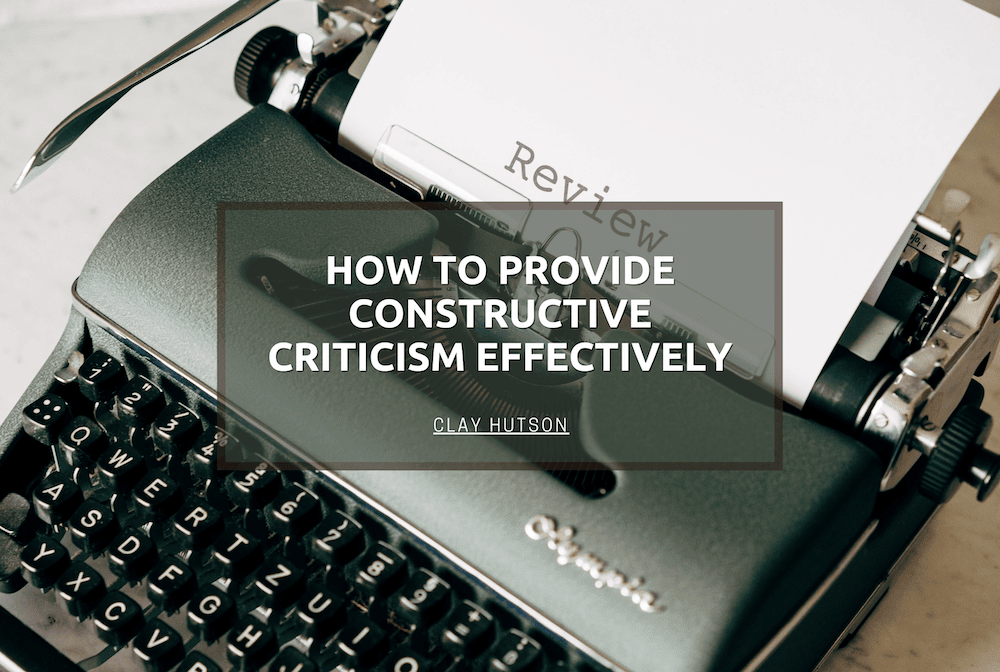Feedback can be used to improve performance, solve problems, or increase awareness of specific situations. In a working environment, it is important for all employees to receive from their supervisors or colleagues. It should be given in an open and honest fashion to foster growth and development within the organization.
However, it can be difficult to know if feedback might be helpful to an employee or colleague or make them feel worse about themselves.
There are many types of feedback options available to help people understand their strengths and weaknesses, which is especially important when a supervisor is training a new employee.
Moreover, employees need to be provided with the right feedback to improve their performance. If it’s too subtle, it might be misunderstood, and if it’s too harsh, it might be seen as a personal attack.
How to Give Effective Feedback
One of the most important aspects of any creative endeavor is feedback. It can help an individual or a team grow, but it can also be challenging to hear.
Here, then, are two ways to tactfully deliver feedback so that is constructive, leading to improvement, rather than destructive, leading to complete discouragement.
- Framing. Announcing that one’s criticism is well-intentioned and constructive before it is delivered will frame it properly. People are more likely to accept feedback if it is positively framed and focuses on how to change. For this reason, some preamble is necessary to soften the blow if the feedback will be negative.
- Intention. Someone offering criticism should aware of their own intentions. It is important for a supervisor to be aware of their emotional state before delivering criticism. If they are frustrated or angry, the criticism will be seen as hurtful and toxic, even malicious. Criticism should never come from a place of anger or rejection but rather from a place of deep understanding and genuine caring for the individual.
In conclusion, how feedback is delivered may be more important than what is said. What makes constructive feedback difficult to receive is how it’s delivered. Bluntly stating that someone has done something wrong without qualifying why and what can be done to fix the issue can lead to feelings of guilt, shame, anger, and regret. Some tact and seeing things from the other person’s point of view is necessary to make the feedback effective.
